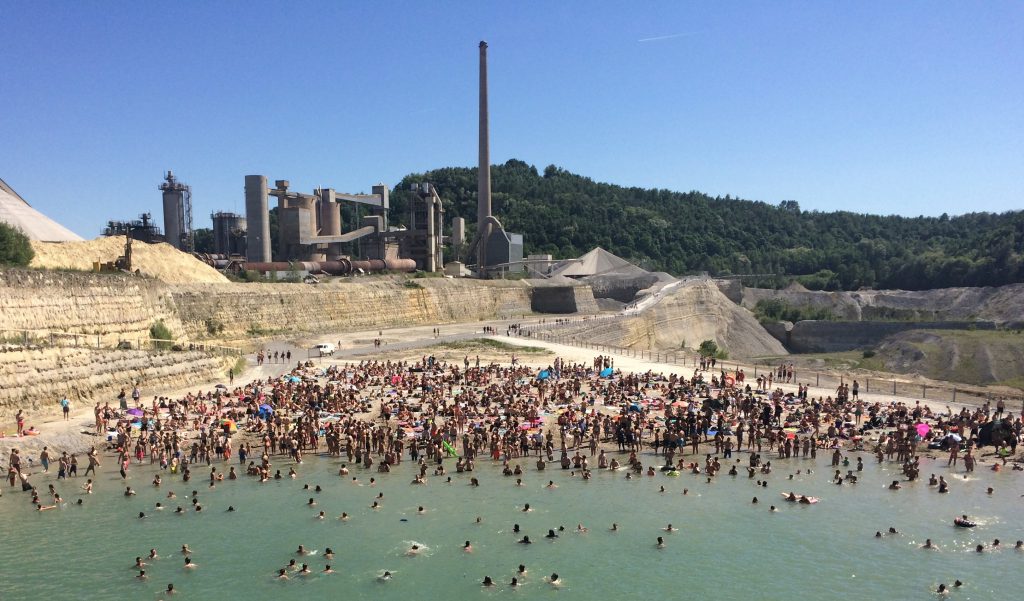
The ENCI quarry supplied the Netherlands for over a century with lime for the production of cement. In 2018 the artificial landscape was transformed into an impressive nature reserve that provides space for local recreation, rare plants and birds.
© Rademacher / de Vries Architects
The earth's surface is a finite resource, and soil is our most precious commodity. Careless or capital-driven treatment of this resource has massively changed the shape and function of our towns and villages in recent decades. In view of the threat of a climate catastrophe and rising housing prices, the question arises as to whether the current path, with maximum compromises and minimum adaptation, is still sustainable. An extensive and couragous land policy is called for, where is it?
The progressive urban sprawl of the countryside has been the subject of discussion for decades. Meanwhile, everybody in Austria could be housed in the single-family homes that already exist 1), although yet more land is still being approved for building on, new shopping centres are going up on greenfield sites and whole chalet villages in the Alps. Progressive sealing of the surface is contributing to the climate crisis and endangering food security. Speculation with land is increasing housing prices and leading to a creeping privatisation of public space. Weak or unenforced spatial planning regulations, a partly misguided tax law and subsidy system, and a despondent policy perpetuate the status quo instead of developing a vision for the future.
The exhibition explains the political, legal and economic background clearly and vividly, critically and sometimes inadvertantly absurdly. How does rural land become building land? Why is the price of land rising? What does all this have to do with our lives and dreams? Case studies and explanations of the relevant terminology bring light into the thicket of responsible agents involved. International comparisons illustrate strengths and weaknesses, international examples of best practice show alternative approaches. A collection of existing and feasible new tools points the way to spatial planning that conserves land as a resource, mitigates climate change, helps with housing issues and facilitates good architecture. We are all being called upon to think and act along new lines — and this exhibition is preparing the way.
1) With an average of 4.16 people per house (8,837,707 inhabitants in 2,123,597 detached and semi-detached houses). Source: Statistik Austria, status 2018
The ‘Land for Us All’ exhibition is accompanied by a comprehensive and lavishly illustrated catalogue with essays by: Saskia Sassen, Gerhard Senft, Vandana Shiva, Robert Temel and Gerlind Weber. Available at the Az W Shop, or may be ordered directly from eshop@azw.at
Language: German
Editors: Karoline Mayer, Katharina Ritter and Angelika Fitz, Architekturzentrum Wien
published by Park Books
Book design: Manuel Radde & LWZ; illustrations: LWZ
Curators: Karoline Mayer & Katharina Ritter, Az W
Assistance: Lisa Gallian, Christina Kirchmair

